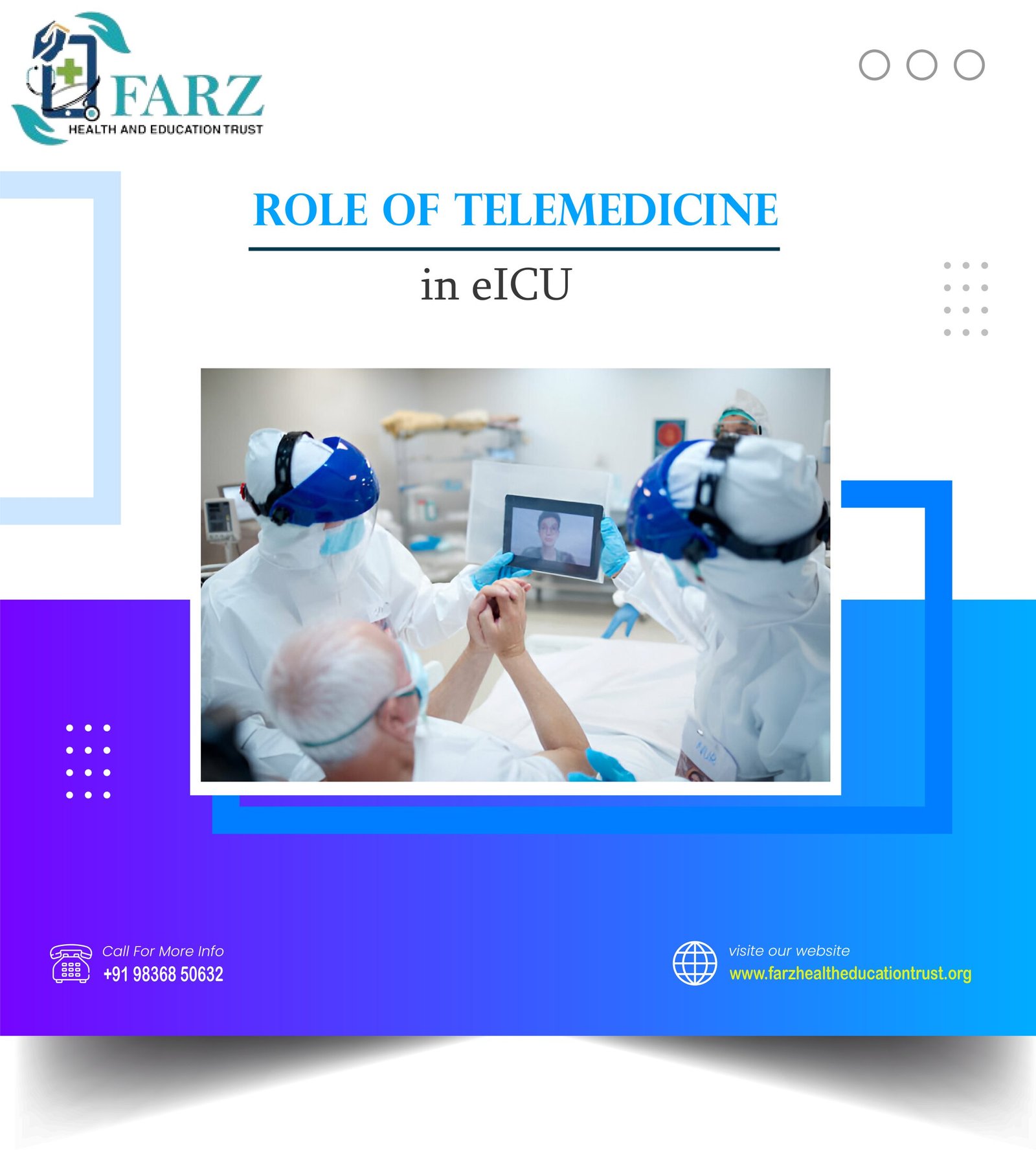
Telemedicine has revolutionized healthcare delivery, particularly in intensive care settings like the eICU (electronic Intensive Care Unit). This innovative approach utilizes technology to provide remote critical care support, bridging geographical distances and enhancing patient outcomes. Here’s an exploration of how telemedicine transforms the landscape of intensive care through the eICU model.
Understanding the eICU Concept
The eICU is a remote monitoring system that connects intensivist physicians and critical care nurses to patients in multiple ICUs across different locations. It integrates advanced telecommunication technology with critical care expertise to offer real-time monitoring, diagnosis, and management of critically ill patients. This setup allows healthcare providers to remotely supervise and intervene in patient care, often in collaboration with onsite clinical teams.
Know more about benefits of eICU.
Components and Technology in eICU
Telecommunication Infrastructure:
- High-speed internet connections facilitate real-time video, audio, and data transmission between the eICU command center and bedside ICU
- Secure platforms ensure confidentiality and compliance with healthcare regulations.
Monitoring and Surveillance Tools:
- Advanced monitoring devices capture real-time physiological data such as vital signs, ECG readings, and ventilator
- Integrated software algorithms analyze data trends, alerting healthcare providers to critical changes in patient status.
Communication Systems:
- Two-way audio-visual communication enables eICU clinicians to interact with bedside staff, patients, and family members, facilitating timely decision-making and care coordination.
- Electronic health records (EHRs) integration ensures seamless access to patient history, lab results, and medication records.
Benefits of Telemedicine in eICU
Enhanced Patient Monitoring and Safety:
- Continuous surveillance allows early detection of deteriorating conditions, prompting timely interventions and reducing the risk of adverse events.
- Virtual monitoring extends oversight to a larger patient population, improving overall ICU efficiency and resource utilization.
Expertise Access and Collaboration:
- Remote intensivists provide specialized consultation and support to onsite teams, offering expert guidance in complex cases and procedures.
- Multidisciplinary collaboration enhances care coordination among healthcare professionals, ensuring comprehensive management of critical illnesses.
Geographical Reach and Accessibility:
- eICU capabilities transcend geographic boundaries, enabling rural and deprived hospitals to access critical care expertise remotely.
- Patients benefit from timely interventions and specialized care options that may not be locally available, improving outcomes and reducing transfer needs.
Cost Efficiency and Resource Optimization:
- Telemedicine in eICU reduces ICU length of stay, readmission rates, and healthcare costs associated with intensive care management.
- Efficient resource allocation and reduced staffing shortages enhance healthcare delivery sustainability in critical care settings.
Challenges and Considerations
While telemedicine in eICU offers significant advantages, it also presents challenges that require careful consideration:
- Technological Reliability: Dependence on technology necessitates robust infrastructure, cybersecurity measures, and backup systems to ensure uninterrupted service.
- Regulatory Compliance: Adherence to telehealth regulations, licensure requirements, and privacy laws govern telemedicine practices across jurisdictions.
- Provider Training and Adaptation: Effective implementation requires training healthcare professionals in telemedicine protocols, communication skills, and technology use.
Future Directions and Innovations
The evolution of telemedicine in eICU continues to evolve with advancements in artificial intelligence (AI), remote monitoring devices, and predictive analytics. Future innovations may include:
- AI-driven Decision Support: Algorithms for early prediction of sepsis, organ failure, and other critical conditions.
- Virtual Reality (VR) Integration: Immersive technologies for procedural training, patient education, and remote consultation.
Conclusion
Telemedicine in the eICU represents a paradigm shift in critical care, leveraging technology to expand access to specialized healthcare services and improve patient outcomes. By overcoming geographical barriers and enhancing clinical collaboration, eICU models ensure that critically ill patients receive timely, expert care regardless of their location. As technology continues to advance, so too will the capabilities and impact of telemedicine in revolutionizing intensive care delivery worldwide.
